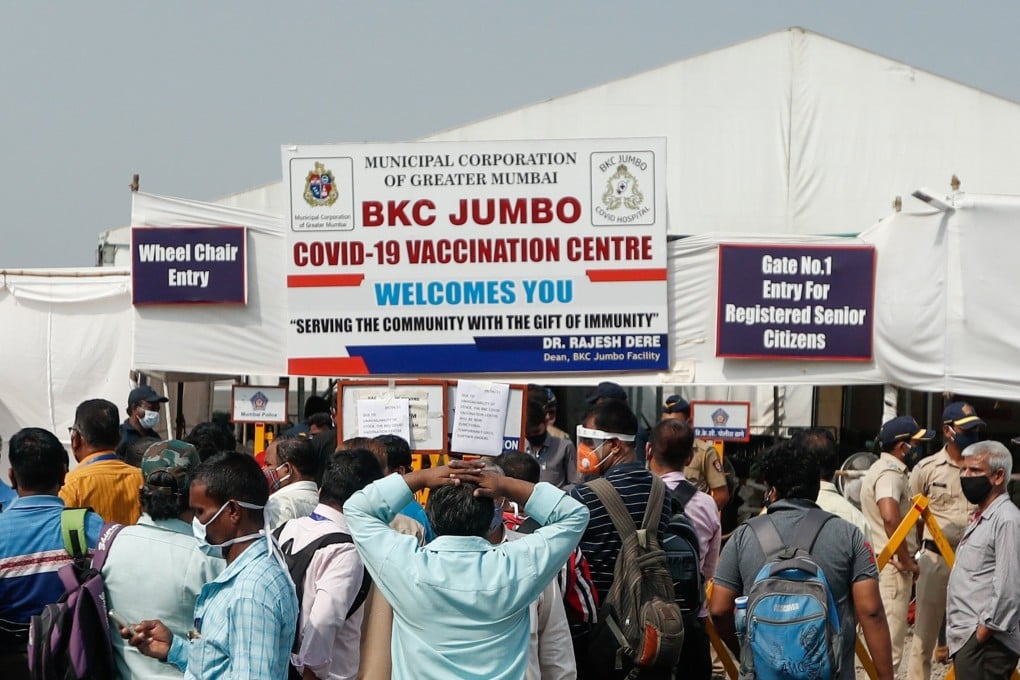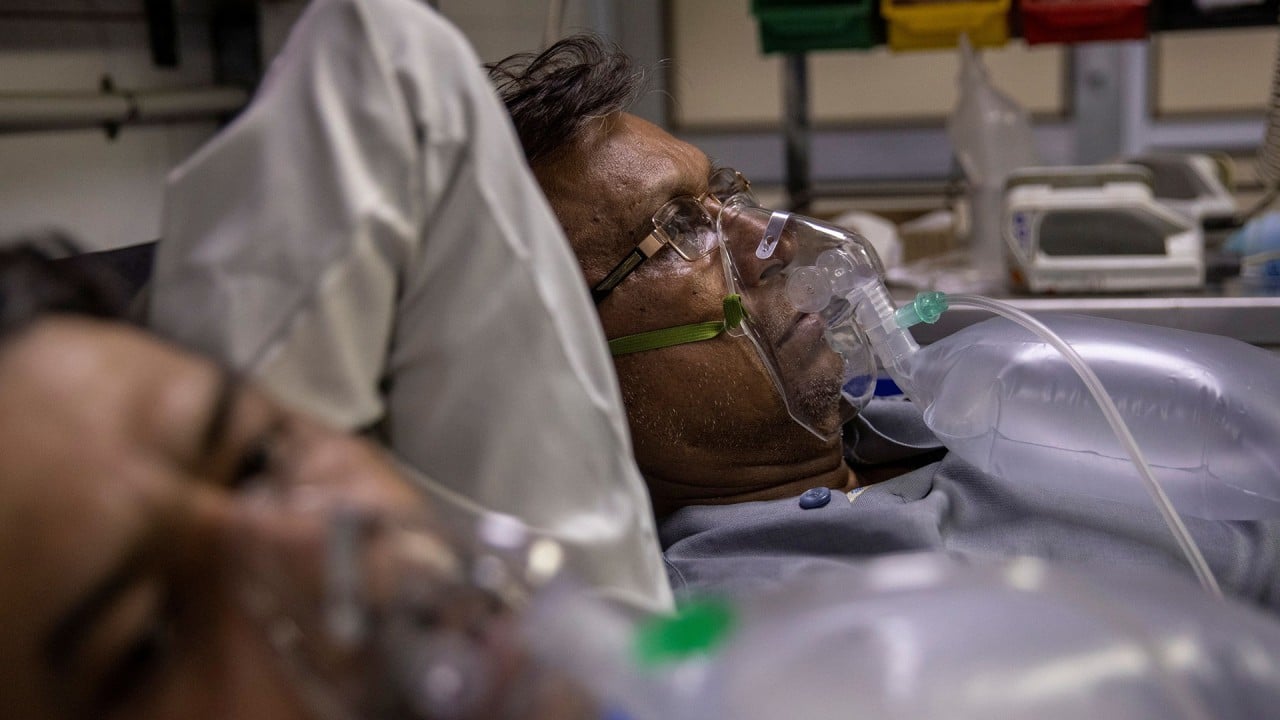Why is India, the world’s No 1 vaccine maker, struggling to inoculate its own people against the coronavirus?
- Earlier this year, New Delhi thought it had the pandemic under control as it balanced a domestic inoculation drive with selling or donating jabs as part of its vaccine diplomacy
- But a record-breaking wave of new cases and the limits of its focus on home-grown vaccines mean it now produces too few doses to meet its target of 4 million jabs per month

The South Asian nation needs around 120 million doses per month to maintain its targeted average vaccination rate of around 4 million a day, but it is making only 65 million doses every month. How did it end up with this massive shortfall? And why, after a good start, are participants in India’s vaccination drive turning up at clinics for a jab only to be met with a closed door and a sign saying “No vaccines available”?
Until recently, India was able to manage the delicate balance between inoculating its own people and selling or giving vaccines to other countries as part of its so-called vaccine diplomacy. It was not just supplying to its neighbours or low-income countries; the likes of Britain, Canada and Saudi Arabia were also waiting for supplies of Covishield, the AstraZeneca vaccine being manufactured under licence by the Serum Institute of India (SII).
The positive momentum continued when its vaccination drive began that month; the government calculated it had enough jabs for a slow, staggered roll-out, supported by domestic vaccine production until later in the year when foreign vaccines might also become available after being approved by the drug regulator.
The next month, members of Modi’s Bharatiya Janata Party (BJP) competed to fawn over what they dubbed his “masterful” handling of the pandemic, while other nations floundered. But the government had no idea it was about to be blindsided by a second wave that would sweep across the country towards the end of March, swamping hospitals and reversing the gains made in previous months.
